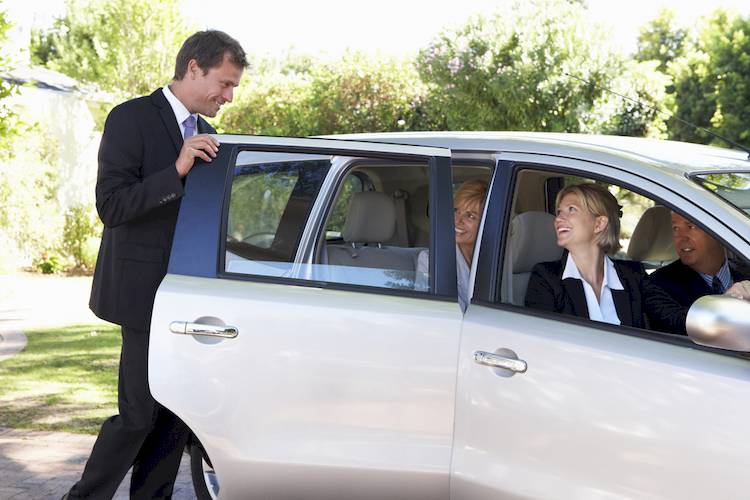

Car pool lanes have existed in the United States for a few decades, and have steadily been growing in popularity. There are currently more than 3,000 miles of car pool lanes throughout the country, spanning numerous different states. A large number of American workers depend on the car pool lanes every day to help them get through rush hour traffic quickly, and hassle free.
Car pool (also known as HOV, for High Occupancy Vehicle) lanes are lanes on the freeway that are only for vehicles with numerous occupants. The standard car pool lane rule is that you must have a minimum of two occupants (including the driver) in your car, but in a few counties and on certain freeways the minimum is three, or even four occupants. Motorcycles are also allowed to drive in car pool lanes, even with only one occupant, and a few states have adopted a green initiative that allows alternative fuel vehicles (such as plug-in electric cars and gas-electric hybrids) to drive in the car pool lane regardless of how many occupants they have. A handful of states have also combined car pool lanes with the freeway express lanes, which allows people who are driving by themselves to pay a small fee for the ability to drive in the car pool lane.
Most vehicles that are driving on freeways during peak traffic times only have one occupant. This means that car pool lanes do not have nearly as much congestion as standard general use lanes, which results in the car pool lanes operating at a high freeway speed, even when the rest of the lanes are stuck in stop and go traffic. Having a highly efficient lane acts as a reward system for workers who choose to carpool, and it convinces other drivers to ride share as well. As more and more people carpool, vehicles are eliminated from the road, which decreases traffic for all drivers, reduces harmful carbon emissions, and limits the amount of damage that is done to freeway roads (which, in turn, lowers the amount of road repair costs for taxpayers). All in all, car pool lanes are some of the most important assets on many freeways, as they save people time and money, and also benefit the roads, environment, and other drivers.
In states that have car pool lanes, the traffic laws are extremely important, because violating the car pool lane rules can result in a very hefty ticket. Car pool lanes are different in every state, so always take time to learn the law for whatever state you’re driving in.
Are there car pool lanes in South Dakota?
While car pool lanes have become very popular, there are currently none in the state of South Dakota. The reason for this is twofold. First, the major freeways in South Dakota were created before the popularity of car pool lanes, and it would cost exorbitant sums of money to renovate the freeways to add new lanes for carpooling. And second, South Dakota is a small, relatively rural state. South Dakota doesn’t have the same commuter traffic problems that many other states experience, which means that a car pool lane wouldn’t have as strong of an impact.
Will there be car pool lanes in South Dakota anytime soon?
It doesn’t appear likely that car pool lanes are anywhere in South Dakota’s future. While the state is constantly looking at ways to improve the efficiency of traveling within the state, the South Dakota Department of Transportation recently conducted a study about the I-90 and I-29 freeways, to try and determine what methods would improve the freeways for drivers. The study determined that traffic and congestion in South Dakota is so minimal that the positive impacts of car pool lanes would be next to negligible. Combined with the price tag of adding car pool lanes to an existing freeway, and the Department of Transportation decided that the implementation of car pool lanes would be an inappropriate use of the state’s funds.
The next time a major South Dakota freeway needs to be rebuilt, South Dakota may once again consider adding car pool lanes. Until then, however, it appears that the state will be content to operate without car pool lanes. Unlike many of the states that don’t have car pool lanes, it seems that this is a smart decision for South Dakota and their drivers.
With or without car pool lanes, South Dakota drivers should make sure that they’re up to speed on the state’s rules, laws, and limits. That way they can be the best and safest driver possible, with or without car pool lanes.



